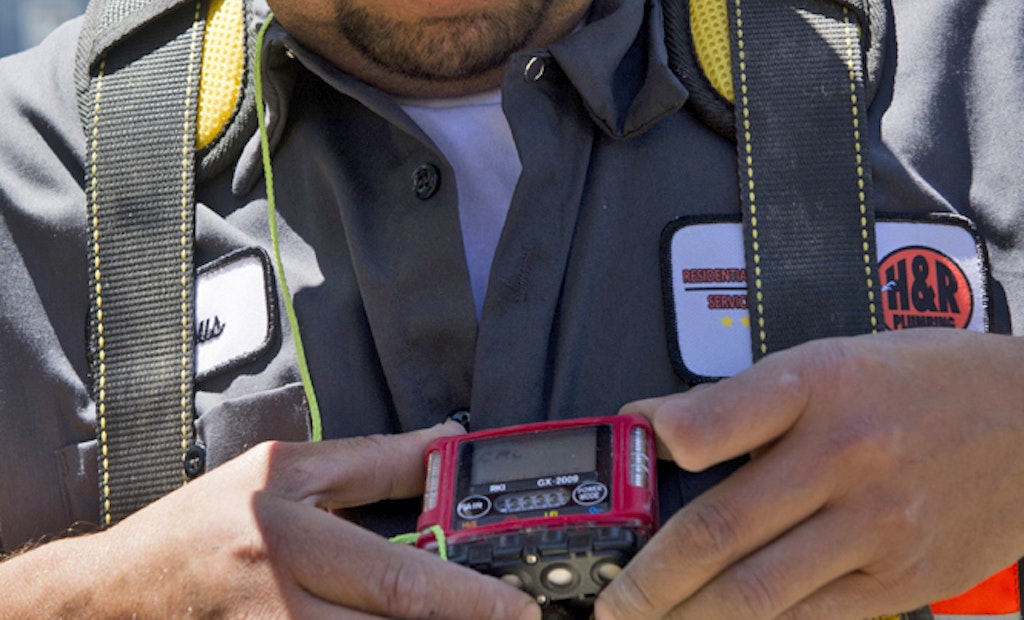
Interested in Safety?
Get Safety articles, news and videos right in your inbox! Sign up now.
Safety + Get AlertsBeing constantly reminded about safety training probably feels like a drag. If you’ve been working on septic tanks for years, you have it down to a science and everything goes smoothly.
But frequent reminders about personal protective equipment and best safety practices are important no matter how many years you’ve been on the job. And sometimes, unfortunately, those reminders come in the form of news stories reporting the death of someone working in a septic tank.
These tragic stories seem to come to light quite often. Just a few weeks ago a 20-year-old plumber died in Hancock County, Ohio, when he crawled into a septic tank to work on the system and was overcome by fumes. He lost consciousness while in the tank and his partner was unable to get him out.
The importance of reviewing safety practices on a regular basis cannot be stressed enough. “The goal of safety meetings is to increase people’s consciousness,” says Joel Levitt, author and director of international projects at Life Cycle Engineering.
Levitt also points out that it’s not only the young guys who are new to the business that can make life-threatening mistakes. Another group at risk are the 20-year veterans of the industry who have a momentary lapse in judgment.
Using real-life examples in these reviews can really bring home their importance. Levitt uses this example: “One story that got my attention is the guy who bent over to pick up a tool and collapsed. The guy standing next to him, thinking he’s having a heart attack, bends over to help him and he collapses. It turned out there was a chest-high level of carbon monoxide, so as long as they were standing up they were fine.
“They did oxygen sensing at head level. If they had done it up and down their entire body they would have known there was a problem and accommodated it. A lot of people don’t know you have to do that, so using oxygen sensors correctly would be a good single-point lesson.”
So keep up with frequent safety training, including confined space, proper use of oxygen sensors and other PPE, and others. It’s so crucial to the safety of your team.
For more tips from Joel Levitt about conducting safety meetings and his other recommended topics, see “Dig Deep Into the Safety Training Toolbox” from the July issue of Pumper.





